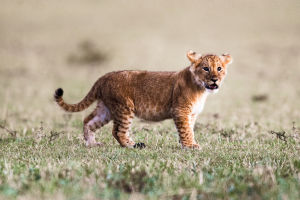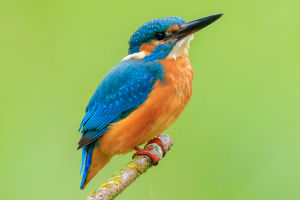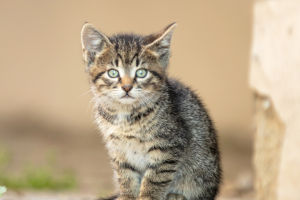Encountering an injured bird can be a surprising and emotional experience. Many of us have probably walked by a small bird on the sidewalk, wondering what the right thing to do is.
Should you help it? Leave it alone? Don’t worry, it might be hard to decide what's best to do, but if you need a list of what to do, here are the steps you should take to assist a hurt bird and give it the best chance of survival.
Step 1: Assess the Situation
If you come across a bird that seems injured, the first thing to do is assess the situation. Is the bird truly hurt, or just stunned? Birds that have flown into windows may be temporarily dazed, while others may have more serious injuries. Look for signs of distress like bleeding, broken wings, or difficulty standing. If the bird appears to be injured, it's time to intervene.
Step 2: Safely Contain the Bird
Approach the bird slowly to avoid startling it. Using a towel or soft cloth, gently pick it up, keeping its wings tucked to prevent further injury. Place it in a ventilated container, such as a cardboard box with holes, lined with soft material like a tissue. Keep the bird in a quiet, warm place to reduce stress.
Step 3: Contact a Wildlife Rehabilitator
The best option is to contact a wildlife rehabilitator. These professionals are equipped to handle injured birds and provide proper care. You can find a local rehab center by searching online or contacting a vet. Do not offer the bird food or water unless advised by a professional, as this can sometimes harm the bird!
Step 3.1: What If No Rehab Nearby?
Sometimes, getting the bird to a rehab center might not be possible. In this case, place the bird in a dark, quiet space and give it time to rest. Birds often go into shock when injured, and minimizing stimulation can help with recovery. After about an hour, check on the bird; if it shows signs of activity, it may be safe to release it into a safe area with vegetation, away from roads and predators.
Step 3.2: How Long To Recover?
Recovery times vary depending on the severity of the bird’s injury. Birds that are merely stunned after a collision might recover in as little as an hour! However, more severe injuries will require professional attention, and recovery could take days or weeks. Wildlife rehabilitators can provide the bird with the specialized care needed to give it the best chance of healing and returning to the wild.
Step 4: Handle Large Birds with Caution
If the bird is large, such as a hawk or owl, avoid handling it directly due to the risk of injury from their talons and beaks. Contact a wildlife expert to assist in these cases.
Helping an injured bird is a kind and compassionate act, but it's important to handle the situation with care, always try to seek help from professionals, you can make a big difference in the bird’s recovery and ensure it has the best chance to return to the wild!


